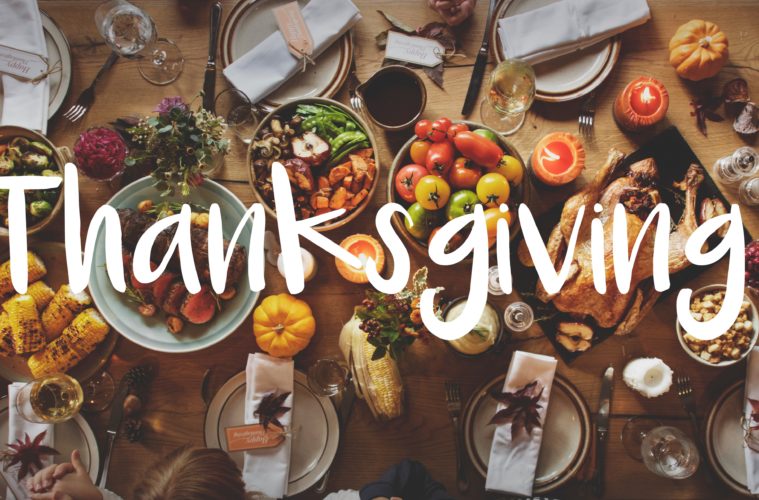The Thanksgiving narrative is one of peace, with pilgrims and Native Americans sharing a bountiful feast and creating an everlasting friendship. The harsh truth of this story, however, is that while the original feast they shared was relatively peaceful, the friendship they had wasn’t always easy or peaceful.
The Wampanoag Tribe had recently gone through a set of illnesses, which killed many of their people when the pilgrims first arrived at what would come to be Plymouth, Mass. Though the Wampanoag people could have easily handled a fight with the pilgrims, they saw that they had women and children among them and therefore didn’t consider them as a threat. So, the tribe took the remainder of their people and retreated to another area nearby, and they kept an eye on the foreigners. While doing so, they saw that throughout the first winter the pilgrims ended up burying over 45 of their people due to lack of food or shelter.
This drove the leader of the Wampanoag Tribe, Massasoit, into a decision. He had to decide whether to help the pilgrims and give his people a fighting chance to live or to leave them be, and watch them slowly die from the unfamiliar conditions and area. He eventually decided to help the people. After deliberating with the leader of the English colony, the two came to an agreement. What ensued was the beginning of an uneasy friendship between both groups. Despite agreeing to help one another, both groups were untrusting of the other. Therefore, tensions slowly rose between the people of the Wampanoag Tribe and the pilgrims. Even during the famed feast of 1621, some of the pilgrims were uncertain around the Wampanoag people.
Eventually, more settlers began coming over from England, but this group was not as peaceful as the ones that had landed at Plymouth. This group landed at Massachusetts Bay, and quickly began taking over different tribes in hopes of gaining as much land as they could. This caused many other tribes in the area to begin sending groups to meet and try and build friendships with the colonizers in hopes of gaining some safety. Around the same time, the pilgrims began to forget what they needed the Natives for. They no longer needed help to get through the winter, or for protection from other tribes.
It was soon after this that Massasoit’s son Phillip took over the Wampanoag Tribe, this is when things began to decline. Phillip refused to convert to the pilgrim’s form of Christianity. He realized that the Natives were no longer an ally to the pilgrims, rather just an obstacle they needed to conquer to get more land. The pilgrims wanted nothing more than to start a war with the Natives so they could take their land. He realized that if they didn’t make a move soon, the Wampanoag Tribe would be overrun. After being accused of treason against the pilgrims and having all their weapons taken from them, Phillip had had enough. He began to strike back and show the pilgrims who they were threatening. This caused all settlers to become extremely untrusting of all Natives, even those who had conformed, and soon cast them out. The war soon spread through all of New England.
Though things were going well for the Wampanoags, things were soon to turn for the sour. Another tribe attacked without warning and ruined any chance Phillip had of winning the war. This resulted in all tribes in southern New England to soon be crushed under the foot of the Pilgrims. In 1676, a group of English militiamen ambushed Phillip in his home and he was killed. This information then spread through tribes as a warning not to mess with the English colonies. The pilgrims carried Phillip’s death, more specifically his head, around as a trophy of the war they had won against the Natives.
This brought an end to the long and unfortunate story of the Thanksgiving feast that we all know today. The portrait painted of the feast is instead wracked with illness, war, and death.
If you would like to know more detail about this story, be sure to watch the PBS Home video “We Shall Remain”

